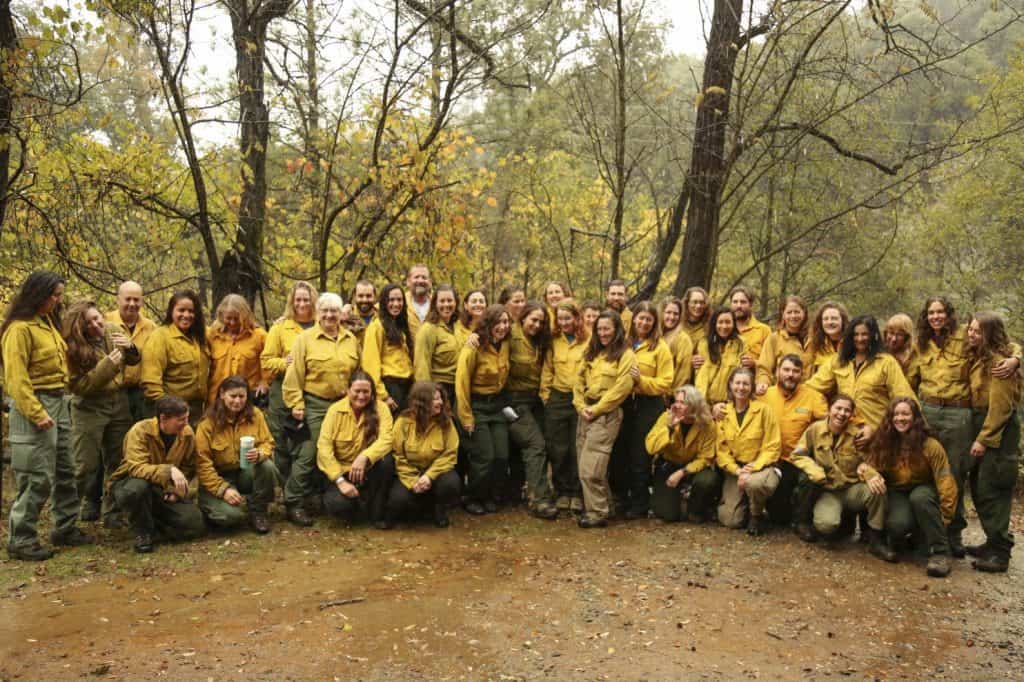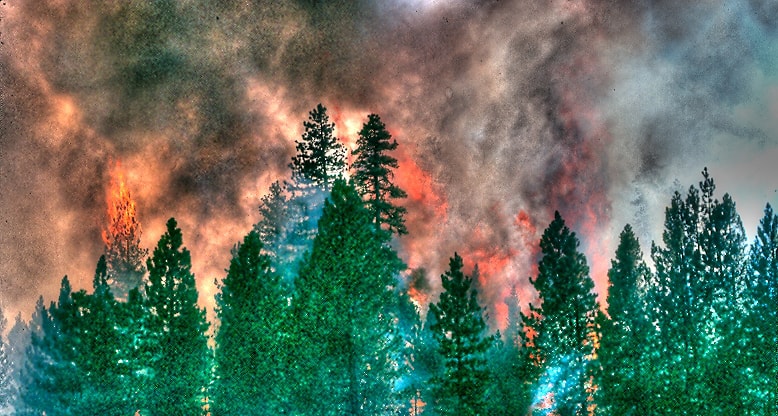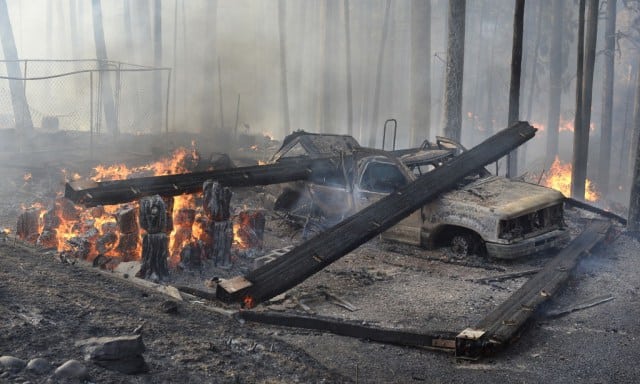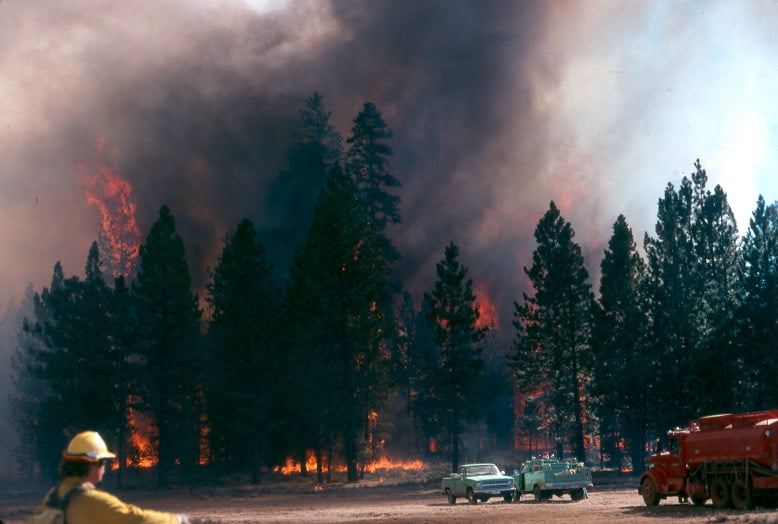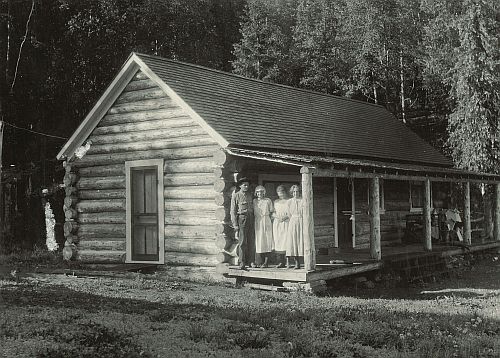
Many thanks to Teri Cleland for her contribution!
Review by Teri Cleeland, who retired from the US Forest Service in 2013 after a nearly 30 year career with assignments in Arizona, Washington DC, and Florida.
After seven years working as a seasonal archeologist for the Forest Service and Park Service, I finally landed a permanent job in 1989 on the Kaibab National Forest in northern Arizona. The job only came about because of a consent decree the Forest Service had signed to settle a lawsuit based on careless destruction of significant southwestern cultural sites during logging operations. “Save the Jemez” brought together a coalition of Tribes, environmental groups, even the State of New Mexico, against the Forest Service. The Agency bowed to legal pressure and instituted reforms that were a boon to my career and began a sustained period of protection and interpretation of many archeological and historic sites, as well as improved relations with Tribal governments. I got a ground floor view of the beginning of change in the Forest Service, change that has come fitfully through the years and continues today.
So it was fascinating to read Jim Furnish’s memoir about his career in the Forest Service, “Toward a Natural Forest” (Oregon State University Press, 2015). Furnish started as a company man in the “timber is king” era of the 1960s and slowly evolved a new land ethic, ending his career at the pinnacle of the agency as an iconoclast—and outcast—for his unconventional ideas and style, pushing for the embrace of ecosystem management.
This is a personal account that traces Furnish’s career and how certain experiences through the years changed his view on Forest Service management practices and his own land ethic. Only 200 pages long, it is well-written and engaging, short on details but with an unflinching viewpoint. It focuses primarily on timber issues, which keeps the book at a manageable length; although I found myself wishing he had included more about other issues such as recreation and tribal relations.
Anyone who worked for the agency (or against the agency) in the 1980s, 1990s and early 2000s will be interested to read Furnish’s accounts of some of the great controversies of the times. I found myself reflecting on my own perspective as a field staff officer hearing the buzz about how politicized the agency had become. I wanted to find out how Washington ticked, and so became an idealistic newbie in the Washington Office, where I briefly worked with Furnish on the Recreation Fee Demonstration program. From the fights over unrealistic timber targets to the Spotted Owl controversy and Chief Dombeck’s race to institute a Planning Rule and Roadless Rule in the waning years of the Clinton administration, Furnish provides his unique perspective.
The book also includes frank acknowledgement of Furnish’s own shortcomings and a fascinating account of how he vaulted from the supervisor of a relatively small national forest (the Suislaw) to the Deputy Chief for the National Forest System. Many names in the book will be familiar Forest Service followers. Furnish heaps praise on some and scorn on others, but never gets too personal. And he doesn’t spare himself from scrutiny.
Of his first ranger job on the Tensleep District on the Bighorn National Forest, Furnish said “. . . I came to sense I hadn’t made the grade as a district ranger, certainly not in the eyes of many of my peers, nor, to a degree, in my own eyes.” Later, as acting Forest Supervisor on the Suislaw National Forest, a clash of viewpoints on logging brought many personnel changes. “When presented with opportunities to bring careers to an end, I seized each chance. I had been ruthless in ways I thought myself incapable of.” That statement might have come back to haunt Furnish when the end of his own career came with the Bush administration: “I clearly had no legitimacy . . . I was marginalized, irrelevant. . . . Though the treatment was not unexpected, the rapidity with which it happened surprised me.” For Furnish, the end came not with a bang but a whimper, eased out with little fanfare.
But he continued to advocate for change in the Forest Service, and felt “sweet vindication” when a court ruling in 2012 supported his Roadless Area Conservation Rule. And he approves the latest Planning Rule as an improvement on the 2001 version he helped craft. Although the Forest Service has left many of the old timber battles behind, according to Furnish, it has a long way to go toward both restoring trust in the agency and restoring the National Forests. I think Furnish might be underestimating how far the agency has advanced a restoration ethic in the 13 years since he left the agency. But there is no doubt in his assessment that bold leadership is needed to achieve the goal of restoring and sustaining our nation’s forests.
With an excellent forward by historian Char Miller, I recommend this book as a contribution toward understanding a tumultuous period of land management in the United States with unique insights into the Forest Service organization and some of its key players.
